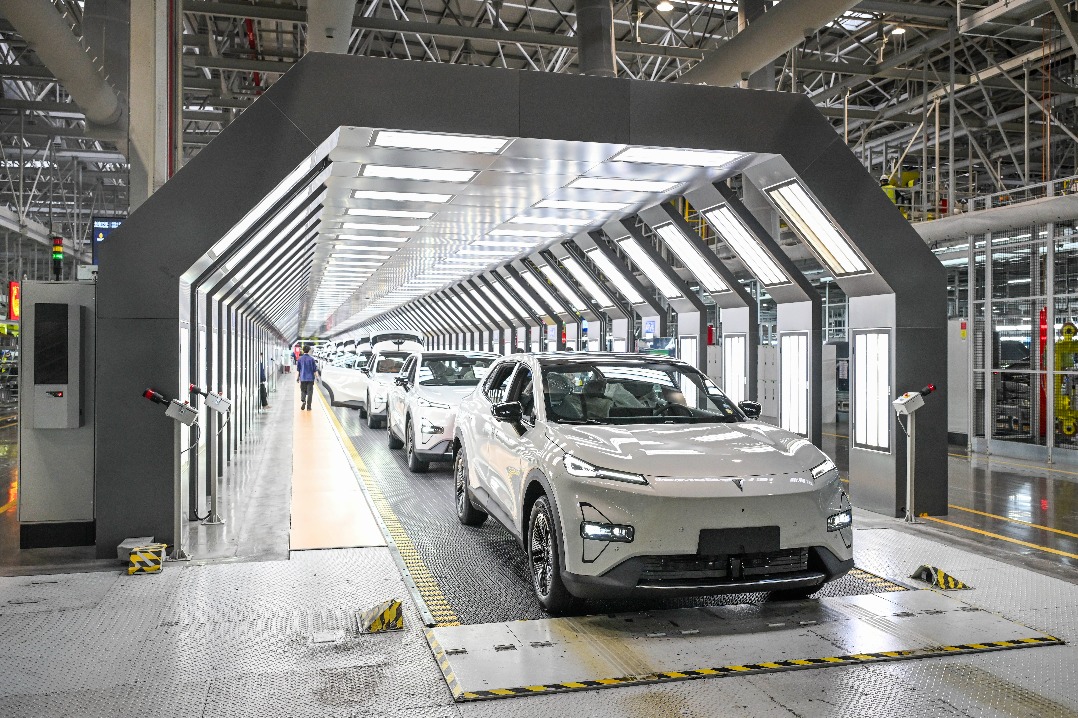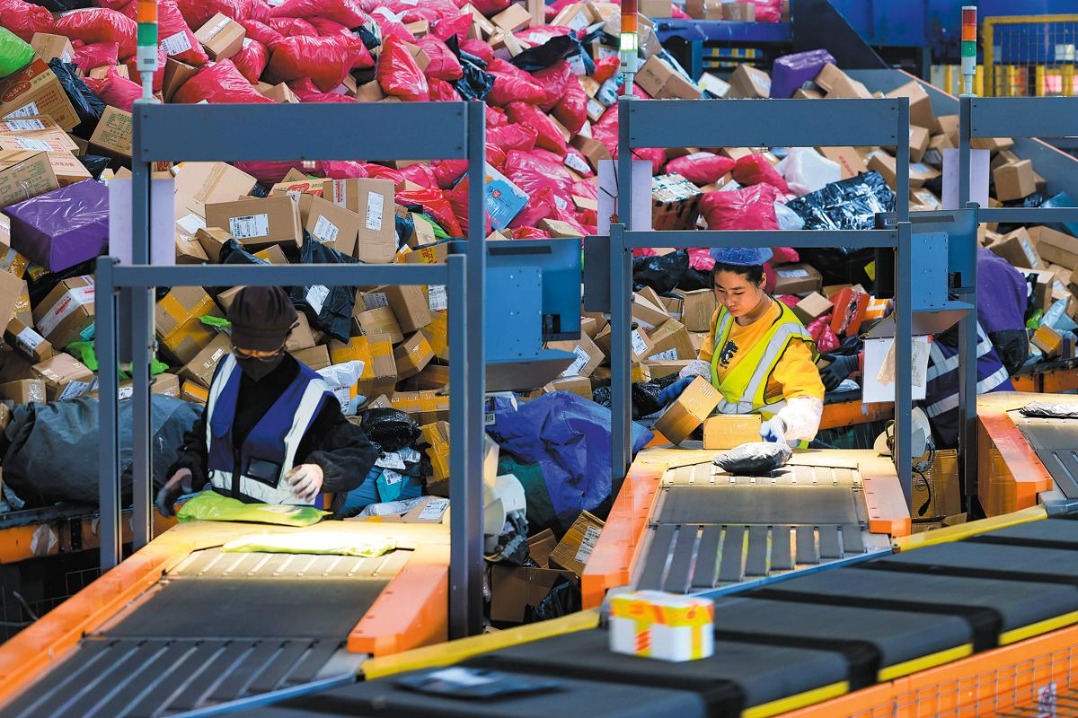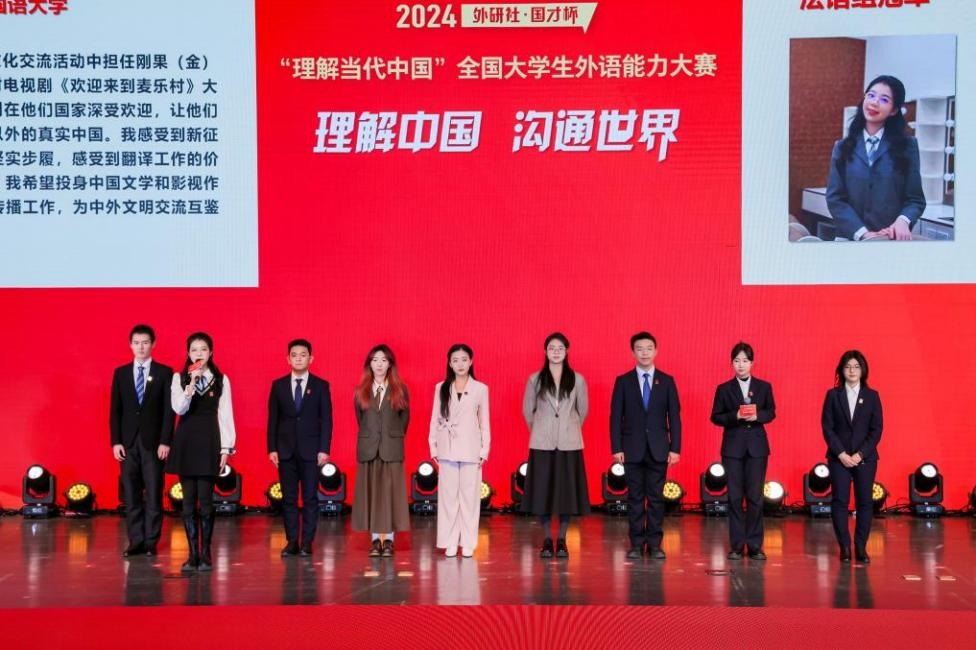DeepSeek reflects China's vision for inclusive growth


Some US politicians have been targeting Deep-Seek by attempting to restrict its application and chip supply. Such a mindset evidently does not support the long-term development of artificial intelligence.
DeepSeek stands out for three key reasons: technological breakthrough, a bold open-source strategy, and a challenge to the AI status quo.
First, DeepSeek-R1's performance is on par with top-tier models like OpenAI's GPT-4, but at a fraction of the cost, thanks to algorithmic optimization and efficient training methods. Second, unlike most AI companies that keep their models behind pay walls, DeepSeek released its R1 model under the MIT License — free to use, modify and even commercialize. And third, its rise shattered the notion that only the United States, with its immense computational power and capital, could dominate the global AI market. DeepSeek has proved that innovation and efficiency can level the global tech playing field.
The impact of AI today extends far beyond tech circles. AI is reshaping economies, revolutionizing industries and redefining governance. Its potential to drive growth and productivity is immense, but so is the risk of widening the high-tech gap between countries. Many developing countries fear that AI, given its capital-intensive nature, could become another tool of technological exclusion, and if only a handful of companies monopolize cutting-edge AI models, the rest of the world could be left behind.
DeepSeek's approach is changing that narrative. By drastically lowering AI development costs and making state-of-the-art models accessible to one and all, it is democratizing technology. For start-ups and researchers, this means they no longer need huge amounts of computing resources to build competitive AI apps. For industries, it accelerates the integration of AI into manufacturing, healthcare, finance and other fields.
Governments around the world, too, have taken notice of the disruptions caused by DeepSeek in the tech field. In China, multiple agencies and enterprises are already integrating DeepSeek-R1 in the high-tech system. Even in the US, where initial skepticism about DeepSeek was high, tech giants such as Microsoft, Amazon and Perplexity have now embraced its model. Microsoft deemed R1 compliant with its security standards, while Amazon CEO Andy Jassy lauded its ability to lower infrastructure barriers for businesses.
Unlike US-based AI leaders such as OpenAI and Google, which have pivoted to closed-source models, DeepSeek has doubled down on openness. It recently made public a full suite of AI optimization tools — its "secret weapons" for maximizing efficiency. These include FlashMLA, DeepEP, DualPipe, 3FS and Deep-GEMM, cutting-edge tools that reduce research and development costs and boost AI development. For countries striving for AI independence, it could be a game-changer.
DeepSeek is part of a broader pattern. Chinese hightech firms have a history of transforming cutting-edge innovations into widely accessible tools. Huawei helped drive down 5G infrastructure costs, making high-speed connectivity affordable worldwide, while Chinese renewable energy giants have reduced the costs of solar and wind power generation, enabling countries to more easily transition to clean energy. And Chinese digital payment platforms have revolutionized financial transactions, making global e-commerce seamless. In the AI field, DeepSeek is following the same trajectory — ensuring that technology benefits many, not just a few.
At its core, technological development should be about inclusion, and innovations should empower people, not just corporations. Yet, as AI advances, it is necessary to strike a critical balance between developing AI and preventing risks. Indeed, market forces should reward innovation, but monopolizing technology, and keeping breakthrough high-tech products behind high barriers serve no one. When dominant players use export controls and exclusivity agreements to stifle access to others, they undermine the very spirit of progress.
China, home to AI leaders such as Moonshot AI, Baichuan Intelligence, iFLYTEK and SenseTime, is not just developing cutting-edge AI models; it is also advocating for a more inclusive AI future. In 2024, China spearheaded a UN resolution on AI capacity building, calling for greater global cooperation. It also proposed the AI Capacity-Building Action Plan for Good and for All, outlining concrete steps to ensure AI benefits all countries. DeepSeek's open-source ethos aligns with this spirit, offering a blueprint for a world in which AI is not a privilege of a few but a shared resource for all.
Technology shapes the future, but who gets to shape technology? DeepSeek's rise shows that innovation, when coupled with openness, can challenge existing hierarchies and create new opportunities. The AI revolution is still unfolding, but one thing is clear — its benefits should not be locked behind corporate gates. In this era of rapid transformation, inclusivity is not just an ideal; it is a necessity.

The views don't necessarily reflect those of China Daily.
If you have a specific expertise, or would like to share your thought about our stories, then send us your writings at opinion@chinadaily.com.cn, and comment@chinadaily.com.cn.
































